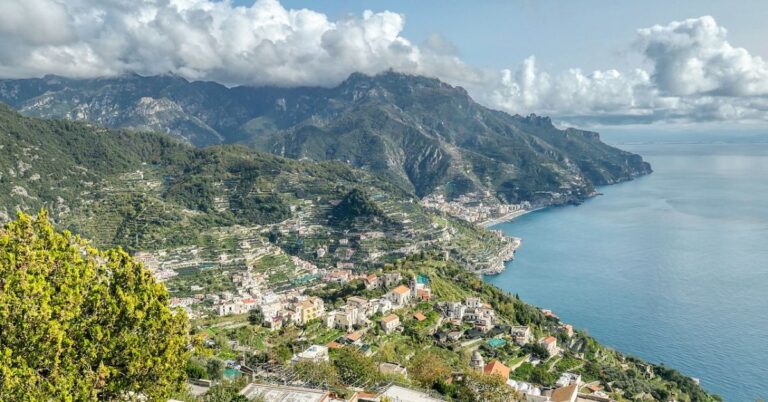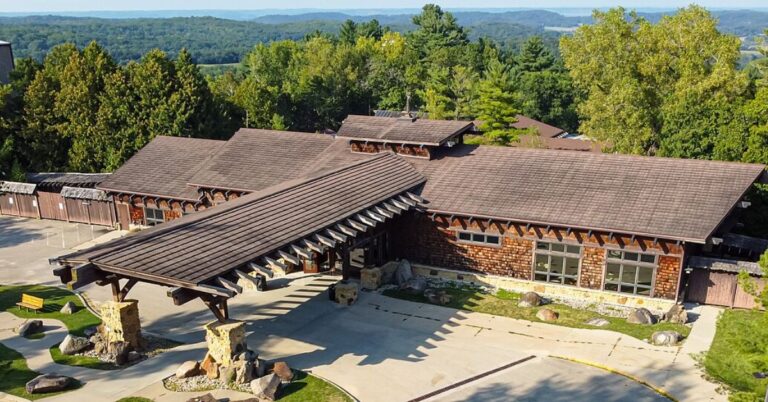15 Rugged U.S. Hikes That Push You to the Edge

Do you think you’ve got what it takes to tackle some of the toughest treks the U.S. offers? These aren’t your average Sunday strolls—these trails will push your endurance, test your mental strength, and leave you gasping for breath. Each has its own version of this grueling challenge. So, lace up your boots and get ready for an adrenaline-packed journey.
Alaska: Mount Marathon Trail

Alaska is notorious for its rugged terrain, and the Mount Marathon Trail in Seward is no exception. The 3,000-foot ascent in just over 3 miles will have you scrambling up loose rocks, snowfields, and scree. It is also famous for the 5k 4th of July race. The descent? Even trickier, with sharp drops and narrow paths.
California: Mount Whitney
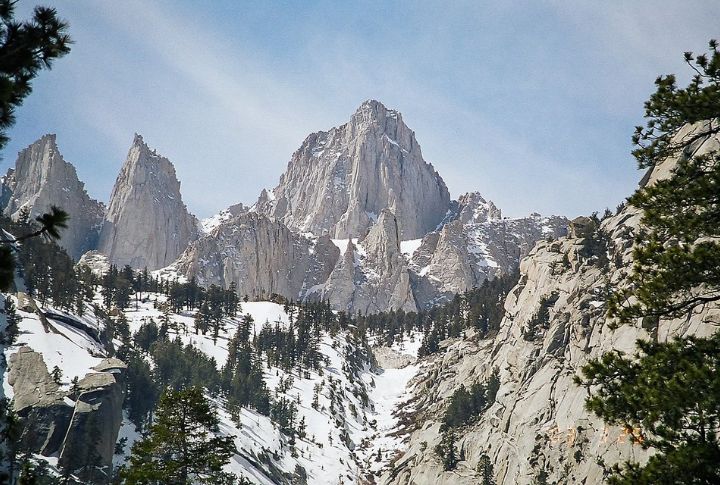
Being the highest peak in the contiguous United States, Mount Whitney is the ultimate test for any hiker in California. Standing at 14,505 feet, the 22-mile round trip to the summit will have you gasping for air long before you reach the top. There are steep climbs and cliffs, and the rough and rocky paths result in a challenging trek.
Florida: The Florida Trail
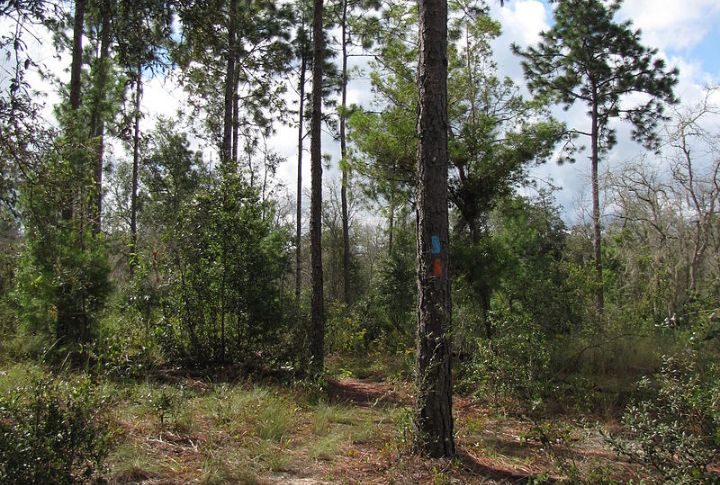
The tropical heat, intense humidity, and swarms of mosquitoes make this trek particularly grueling. One of the hardest sections is the Big Cypress National Preserve, where you’ll trudge through knee-deep water and swampland. If hiking in wet boots for days isn’t enough, the mental challenge of dealing with the relentless heat and isolation will push you to your limits.
Georgia: The Approach Trail to Springer Mountain
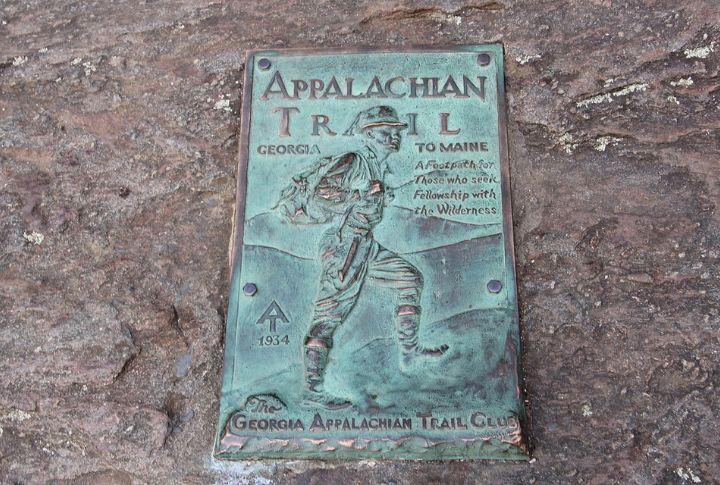
This is a grueling 7.8-mile climb to the southern terminus of the Appalachian Trail. Although it’s not the longest hike, the unrelenting elevation gain through rugged terrain makes this trail a serious challenge. You’ll pass through dense forests, tackle steep inclines, and move through rocky paths, all while gaining little reprieve from the humid Southern weather.
Hawaii: Kalalau Trail
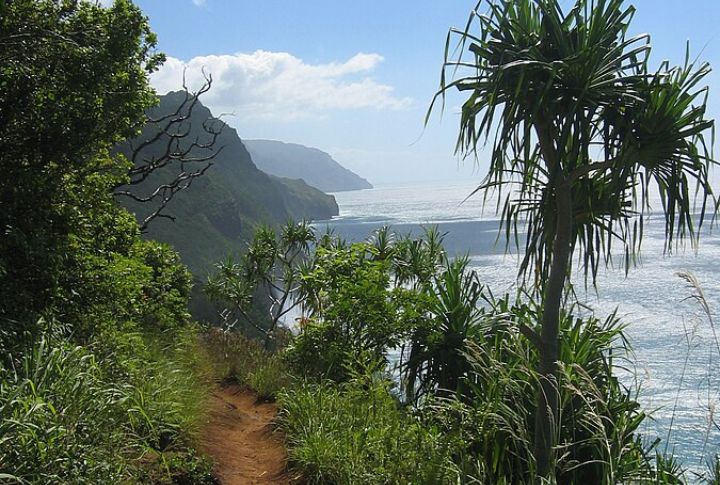
The Kalalau Trail, located on the remote Na Pali Coast of Kauai, is as beautiful as it is treacherous. Spanning 11 miles one way, the trail weaves through narrow, cliffside paths that offer jaw-dropping views of the Pacific. However, these views come at a price—sheer drops, rocks falling over, and fast-changing weather can make this trek a perilous endeavor.
Idaho: Borah Peak Trail
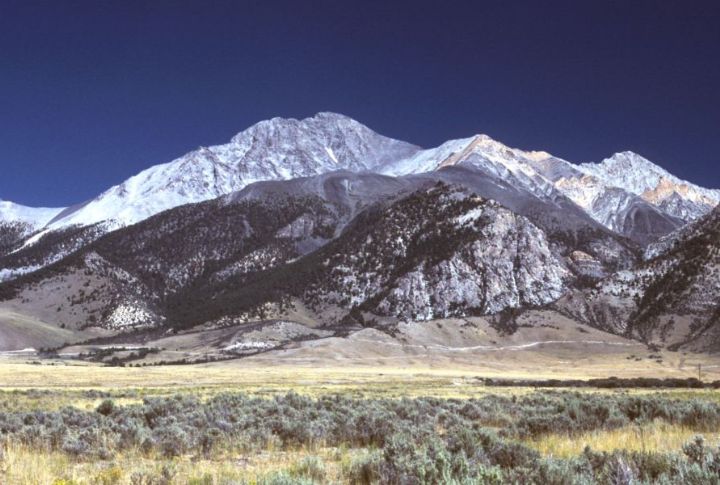
It is a 12,662-foot challenge for those who dare to take it on. The trail is exceptionally steep and strenuous, requiring trekkers to scramble over loose rocks and walk through “Chicken Out Ridge,” a spine-chilling section where a misstep could lead to disaster. The final approach to the summit involves crossing snowfields, even in summer, making this one of the toughest treks in the state.
Illinois: River to River Trail
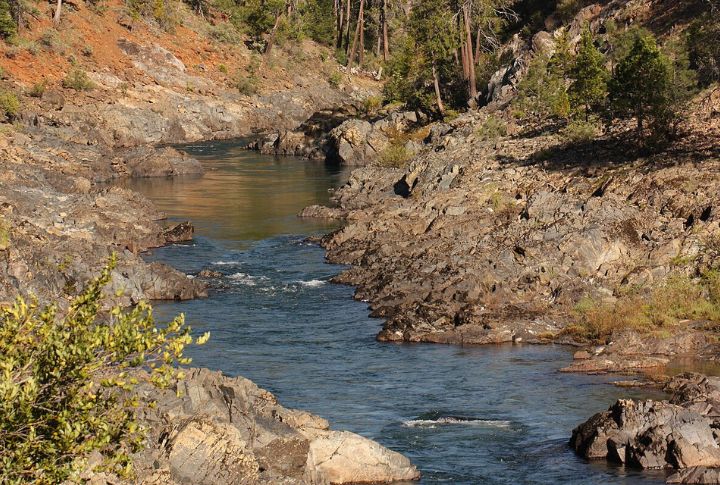
Don’t let Illinois’ flat terrain fool you—this trail is a surprising test of endurance. Spanning 160 miles across the southern part of the state, it takes you through the Shawnee National Forest, with rolling hills, rock formations, and forested paths. Backpackers will also need to cross through diverse conditions, including muddy paths and rocky areas, making this a challenging yet rewarding trek.
Maine: Mount Katahdin – Knife Edge Trail
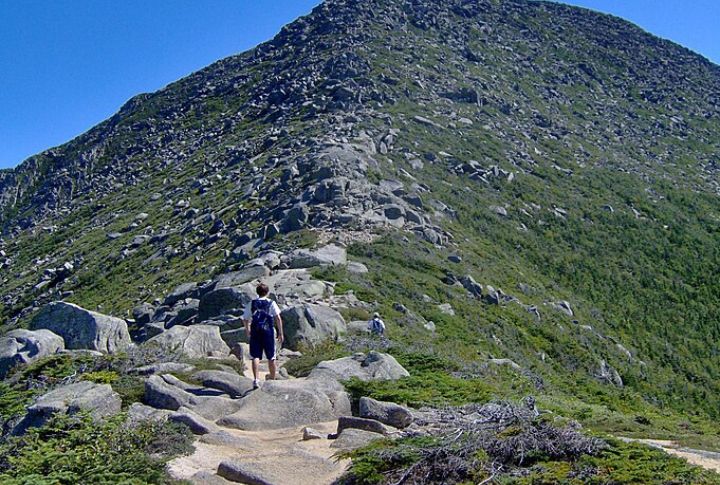
The Knife Edge gets its name for a reason: it’s a narrow, rocky ridge that’s often less than three feet wide in places, with steep drop-offs on either side. The 1.1-mile section of the trail is notorious for its treacherous footing, high winds, and unpredictable weather conditions that can turn this already difficult trek into a life-threatening adventure. Reaching the summit of Katahdin offers breathtaking views.
Michigan: Escarpment Trail

Don’t let the beauty of Lake Superior’s coastline fool you—the Escarpment Trail is no walk in the park. Located in Michigan’s Upper Peninsula, it is a 4.4-mile trail that offers steep climbs, dangerous ridgelines, and dizzying descents. You’ll trek through dense forests before reaching the jagged ridges that offer stunning views of Lake of the Clouds.
Mississippi: Tuxachanie Trail

The trail’s sandy, uneven surface and frequent muddy patches only add to the difficulty. This 12-mile out-and-back trail located in De Soto National Forest may appear relatively flat, but its length and the often intense humidity of Mississippi’s summers make this trek grueling. While hikers are rewarded with views of serene pine forests, the trail is largely unshaded, making it especially challenging during hot, sunny days.
Nevada: Mount Charleston (South Loop Trail)
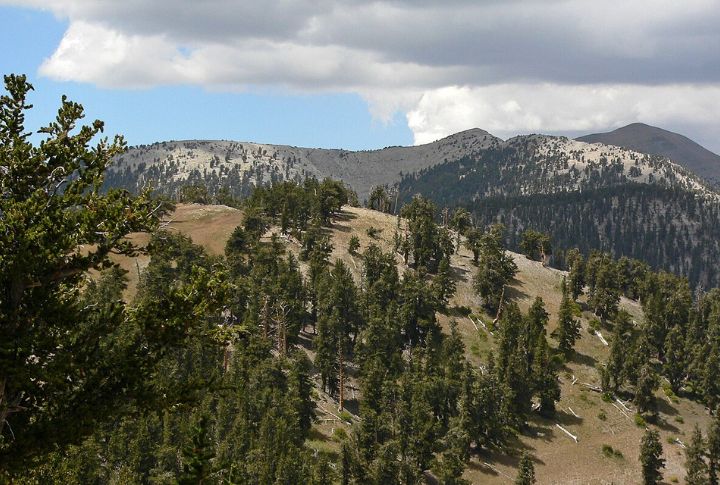
Over 10,000 feet, Mount Charleston is the tallest peak in southern Nevada, and the South Loop Trail is a grueling 17-mile round-trip trek to its summit. The trail features a brutal elevation gain of over 4,300 feet, steep switchbacks, and loose, rocky footing. However, the panoramic views of Las Vegas and the Spring Mountains Wilderness are worth the effort.
New York: Devil’s Path

Stretching over 24 miles, the trail earns its name by punishing hikers with some of the most difficult terrain around. With relentless ascents and descents, Devil’s Path has over 9,000 feet of variation in elevation. The trail includes multiple summits, slippery rocks, steep cliffs, and challenging scrambles that test even the most seasoned trekkers.
Oregon: Timberline Trail
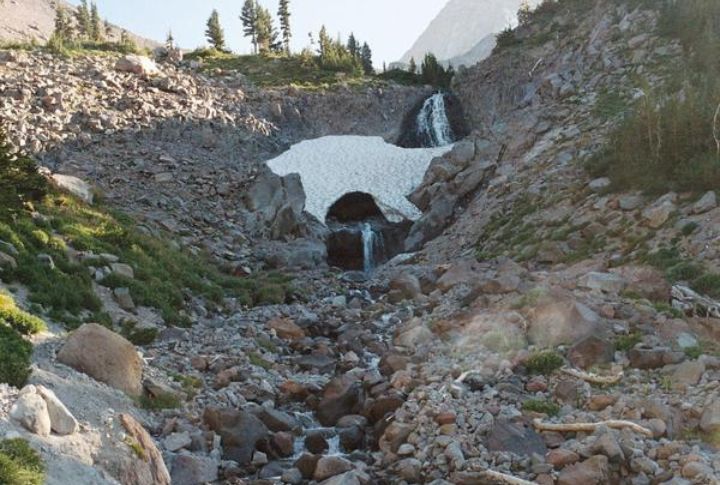
Oregon’s Timberline Trail encircles Mount Hood and is a tough 40-mile loop that offers a little bit of everything—steep climbs, river crossings, and alpine meadows. What makes it particularly hard is its elevation gain of around 11,000 feet, as well as the varying terrain, which includes snow fields, rocky scree, and mud.
Vermont: Mount Mansfield Loop Trail

Vermont’s Mount Mansfield, the highest point in the state, offers the challenging 7.7-mile Loop Trail. Known for its rocky scrambles, steep inclines, and bare ridgelines, the trail tests hikers’ stamina as they make their way to the summit. The ridge offers breathtaking views across Vermont and into neighboring states, but wind and weather can make this portion especially difficult.
Washington: The Enchantments Trail
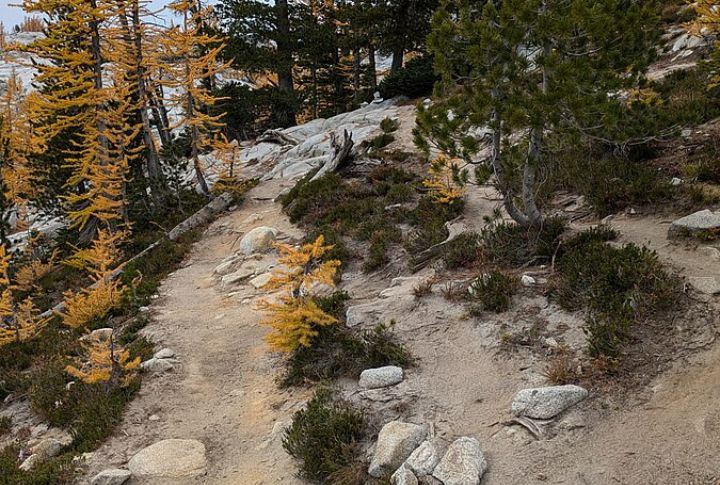
The Enchantments Trail in Washington’s Alpine Lakes Wilderness is a grueling 20-mile trek known for its beauty—and difficulty. With more than 5,000 feet of elevation gain, the trail requires both physical endurance and technical hiking skills. The alpine scenery is stunning, but the trail’s length and the potential for inclement weather make it a serious challenge.


